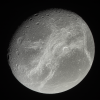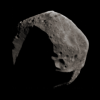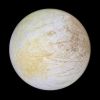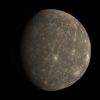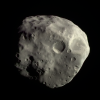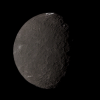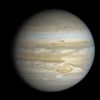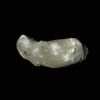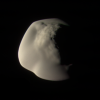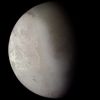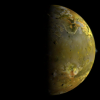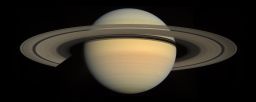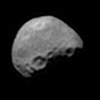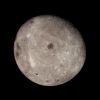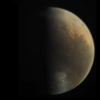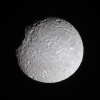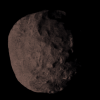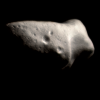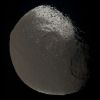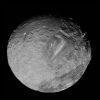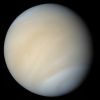Emily Lakdawalla • Dec 22, 2009
Planetary Society Advent Calendar for December 22: Venus
Venus is such a beautiful, brilliant light in the sky. (When it's up; just now Venus is actually near solar conjunction, so we'll have to wait a bit for it to grace the heavens.) It's often called Earth's twin, because its mass is so similar to our own planet's, and because it's our nearest planetary neighbor in the solar system. Getting spacecraft to Venus is pretty easy and takes a surprisingly short amount of time. But once a spacecraft gets there, it's faced with this. Thick clouds, so thick that they present an extreme challenge for scientific instruments to penetrate to study the surface.
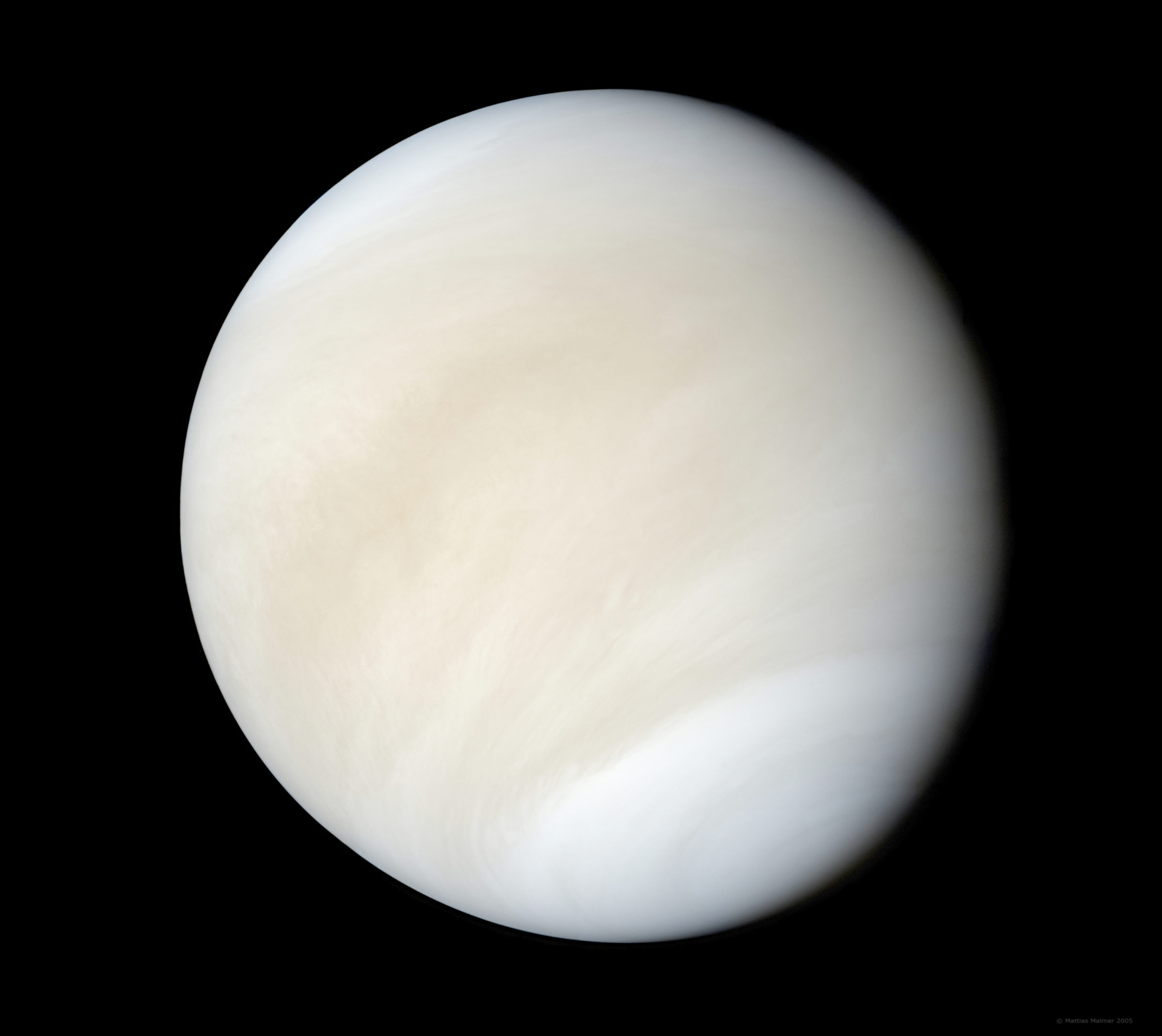
Seeing the surface has been done, with radar, in the 1970s and 1980s, a long history of successful Soviet orbiters followed by the American Magellan mission, which mapped 97% of the planet in great detail. And I've always been amazed at the images returned by the Venera landers in the 1970s. But study of the Venusian surface is in a bit of a lull right now. At present the people doing the most work on Venus have more in common with the folks who study the turbulent atmospheres of the giant planets than they do with the people examining Mars and Mercury's surface for clues to its past geology. The atmosphere is thick enough that, unlike on Earth and Mars (but, interestingly, akin to Titan) Venus' atmosphere mostly doesn't "feel" the topography below it -- its dynamics have more in common with Earth's oceans than Earth's atmosphere. The current mission to Venus, ESA's Venus Express, is there to study the dynamics and composition of the atmosphere, and the next mission to Venus, JAXA's Akatsuki, will also study what's going on above Venus' surface, from atmosphere to space environment. (Don't forget to sign up to send your name to Venus with Akatsuki; the deadline has just been extended to January 10.)
Searching for an image of Venus as it might look to an astronaut is what led me to the community of amateur image processors over at unmannedspaceflight.com, so I am especially attached to this view. I wrote more about it here. For all of you who enjoy processing space images, Venus Express just released a whole big pile more of their pictures, including everything up through April 4 of this year, to the Planetary Science Archive, ESA's equivalent to NASA's Planetary Data System.
Each day in December I'm posting a new global shot of a solar system body, processed by an amateur. Go to the blog homepage to open the most recent door in the planetary advent calendar!


 Explore Worlds
Explore Worlds Find Life
Find Life Defend Earth
Defend Earth


